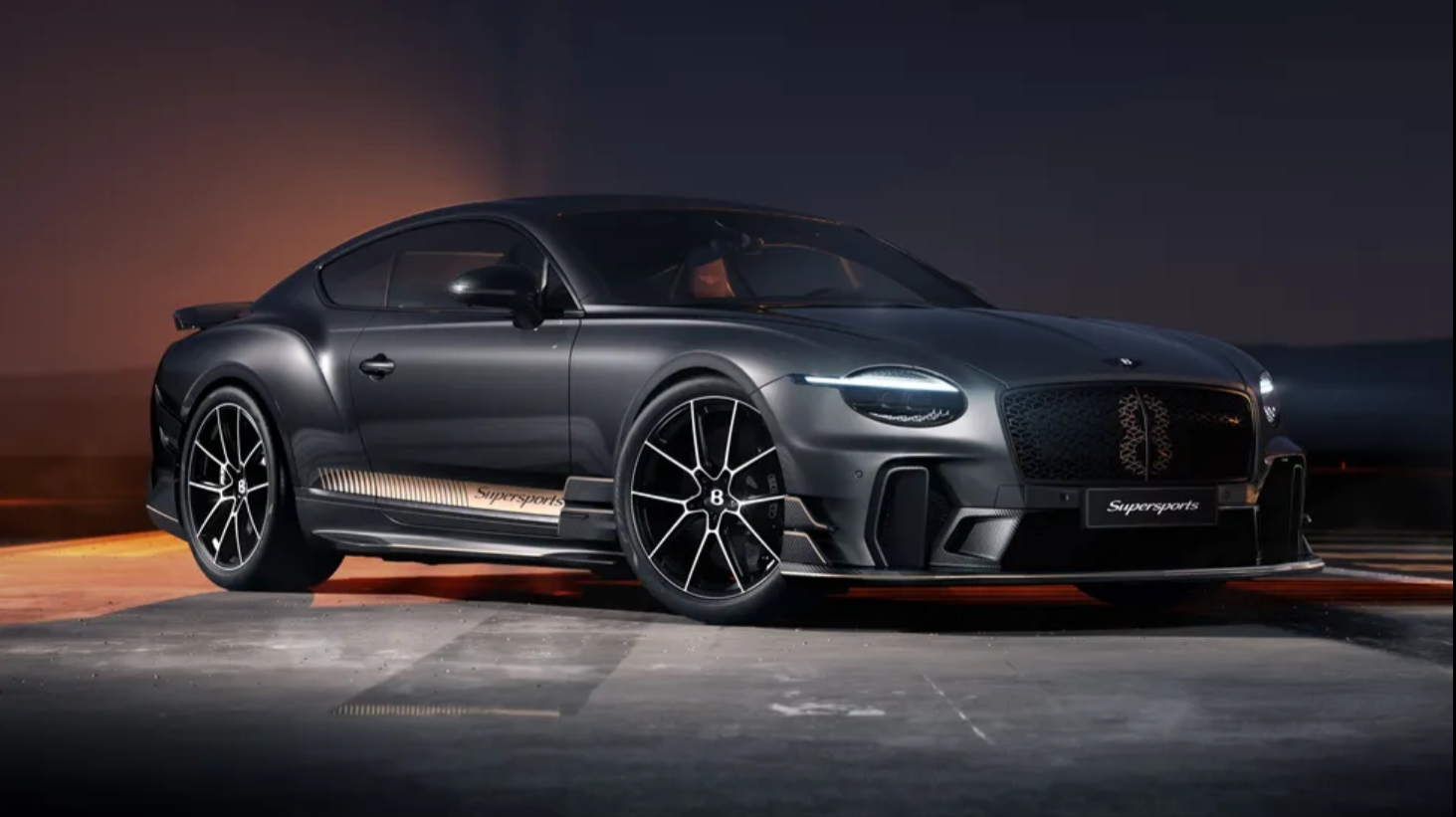Toyota is preparing to demo its hydrogen-powered Hilux prototype. There are now 10 UK-built examples of the fully electrified pick-up, and Toyota reckons it's good for 600 kilometers of range.
That's thanks to three 2.6kg high-pressure hydrogen tanks buried inside the indestructible Hilux's ladder-frame chassis. That's a total capacity of 7.8kg.
The fuel-cell stack – comprised of 330 polymer electrolyte cells – sits on the hydrogen truck's front axle and drives 180bhp and 300 Nm of torque via an e-motor on the rear axle. Size-wise, the extra-cab pickup is 5.3m long and 1.88m wide, just like the production version (which notably has 201bhp/500 Nm of torque).
Since hydrogen is lighter than the batteries of a BEV version would be, this Hilux should be able to better cope with higher payloads and plenty of towing, according to Toyota – caravanners of the world, rejoice. It's been developed using technology from Toyota’s Mirai saloon model. That’s the one that broke its own record in 2021 travelling 1365 km without refuelling. Toyota tells us it's had to repackage the components to apply the modular system to more than cars. That might explain why this hydrogen version isn't quite as powerful as a 2.8-litre diesel one.
Importantly, this is just a testing phase of Toyota’s hydrogen Hilux development programme. Five of the 10 prototypes are being put through their paces in real-world driving situations. The other five are off to do media appearances, including one at the Paris Olympics in the summer.
Toyota’s been a long-standing member of Camp Hydrogen-is-the-fuel-of-the-future (although it's recently developed that into a multi-pathway something-or-other strategy). It has big ambitions to be at the top of the mass-production hydrogen tree by 2030. But if you thought the electric charging infrastructure was bad, ask yourself, when was the last time you passed a hydrogen refuelling station?
Source












.jpg)


.jpeg)

.jpeg)
.jpeg)

